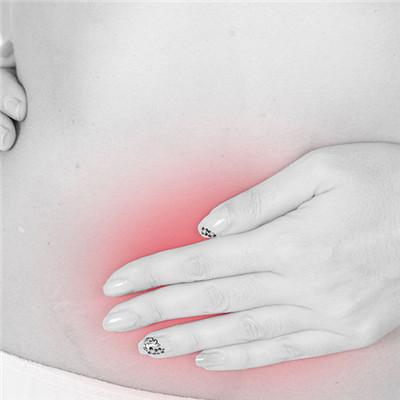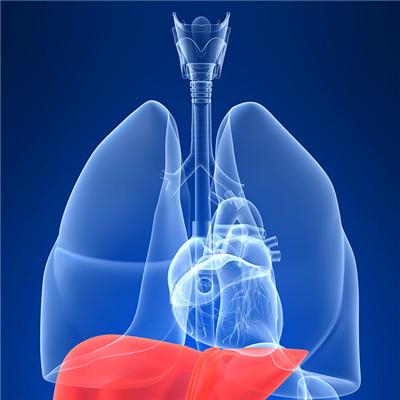Gastric lymphoma symptoms?
summary
Gastric malignant lymphoma refers to the malignant tumor originated from the stomach and originated from the submucosal lymphoid tissue. It can also be a part of systemic malignant lymphoma. The imaging diagnosis of Hodgkin's disease and non Hodgkin's lymphoma is different, but it is difficult to differentiate them. The common clinical manifestations were epigastric pain, nausea, vomiting, anorexia, upper gastrointestinal bleeding and palpable mass. The secondary gastric lymphoma may appear fever, weight loss, liver, splenomegaly and other systemic symptoms. Gastric lymphoma symptoms? Let's talk about it.
Gastric lymphoma symptoms?
(1) Ulcerative type: the most common type, sometimes difficult to distinguish from ulcerative gastric cancer, lymphoma can be multiple ulcers, but gastric cancer is usually a single ulcer, the ulcer caused by lymphoma is shallow, the diameter varies from several centimeters to more than ten centimeters, the ulcer bottom is uneven, it can be covered by gray yellow necrosis, the edge is convex and hard, the surrounding folds are thickened and coarsened, showing radiation.

(2) Infiltrative type: similar to gastric cancer, the gastric wall shows localized or diffuse infiltration and hypertrophy of the stomach, with thickened and uplifted folds. The gastric area is enlarged and granular, and the mucosa and submucosa are extremely thickened and become grayish white. The muscular layer is often infiltrated, separated or even destroyed, and the subserosal layer is often involved.

(3) Nodular type: there are many scattered small nodules in the gastric mucosa, ranging from half cm to several cm in diameter, with superficial or deep ulcers on the mucosal surface. The gastric mucosal folds between the nodules are often thickened. The nodules are located in the mucosa and submucosa, and often extend to the serosal surface. They are grayish white, with unclear boundary, thickening, and even forming huge folds.

matters needing attention
The etiology is unknown. It is speculated that it may be similar to primary gastric lymphoma. The connective tissue near the primary lesion of gastric ulcer is stimulated for a long time, and the lymphoid tissue proliferates and becomes malignant. The residual stomach is stimulated by reflux bile and contacted with other chemical substances after operation, which leads to the decrease of cellular immunity and induces the malignant transformation of residual gastric lymphoid tissue.














